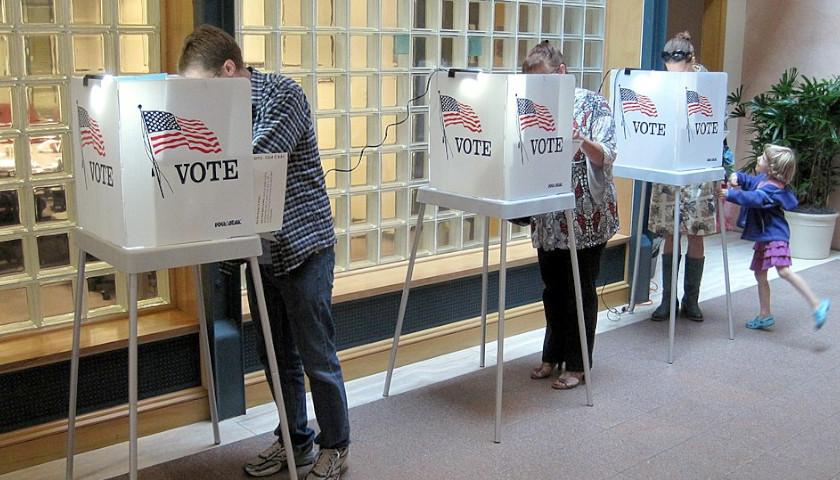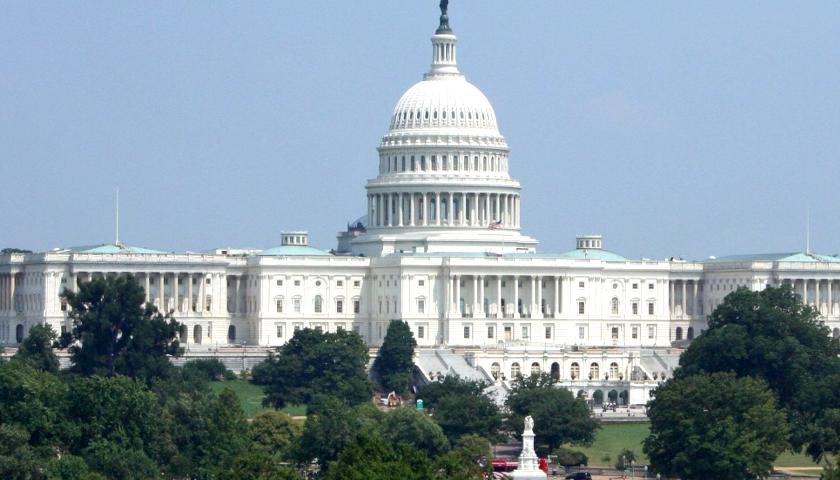The disbarment trial of Donald Trump’s former attorney and constitutional legal scholar, John Eastman, continued on Thursday during its eighth week, featuring testimony from statistician Dr. Stanley Young and two character witnesses. Young, who has been designated as an expert by California Bar Disciplinary Judge Yvette Roland, spent much of the time discussing the election contrast report he co-authored with a team of statistical PhDs, which focused on what he repeatedly characterized as “unusual” differences between the number of votes Joe Biden received in 2020 versus the number of votes Hillary Clinton received in 2016.
Eastman’s attorney, Randy Miller, began his line of questioning by asking Young about the report, which focused primarily on 10 states. Young observed how California stood out in comparison to the other states, with Biden receiving around 800,000 more “unexpected” votes than Clinton, taking into account the population growth. In two states that decreased in population, there were around 300,000 more unexpected votes for Biden in New York, and Illinois got 75,000, he said. In some states that had population growth, the increases were significantly higher than those increases. Arizona and North Carolina each had 80,000 unexpected votes for Biden, Texas had 200,000, and Georgia had over 200,000.
Similarly, Young went over his findings that several states had unusually sharp increases in voter registration numbers that did not match their population growth (or decrease) between 2016 and 2020. They were Arizona, North Carolina, Illinois, New Jersey, Georgia, Pennsylvania, New York, Colorado, Maryland, Massachusetts, Virginia, and Washington.
He found that states that extended their deadlines to return ballots in 2020 had corresponding huge increases in votes for Biden in 2020 when compared to Clinton’s votes in 2016. In contrast, states that didn’t extend their deadlines increased their margins for Trump in 2020 over 2016. His report stated, “ALL of the top states where Biden picked up significant votes from 2016, in some way relaxed the voting regulations from what they had done before. Conversely, Ohio, Louisiana, Alabama, and Utah required that all absentee ballots be received by the day before Election Day (November 2). Trump not only won in those four states, but he also showed an improvement over the 2016 results.”
Young addressed a couple of the states specifically, which were broken down by county. In Alabama, the largest counties had huge increases for Biden compared to Clinton. Jefferson County reported the largest increase, with 20,700. In contrast, across the entire state, that went for Trump, Trump received 2,800 more votes than in 2016. In California, the largest increase for Biden versus Clinton was in Los Angeles County, followed by San Diego, Alameda, and Sacramento counties.
In Georgia, Fulton County had the largest increase for Biden compared to Clinton, followed by Gwinnett, DeKalb, and Henry counties. Young’s report stated, “There was an overall swing of 223,000± votes in Biden’s favor in Georgia. At approximately 10:30 PM on Election Night, observers were told to leave the State Farm Center in Atlanta, after which five individuals counted votes without observers present. Over the next few hours, Biden decreased Trump’s lead by 120,000± votes.”
Miller asked Young about a paper by Stanford political science professor Justin Grimmer and two co-authors claiming no systemic voter fraud. Young said Grimmer admitted in his paper that there was unusual activity going on, but didn’t bother to investigate any of it; instead, he selected some other statistics to analyze. Grimmer said, “The 2020 election was remarkable in many ways (e.g., unusually high levels of mail-in voting and turnout), and election administration may well have been imperfect. But we see nothing in these statistical tests that supports Trump’s claim of a stolen election.”
Young said Grimmer improperly made conclusions, “assuming that which is to be proven,” and “picking examples which support his conclusion.” He pointed to this sentence by Grimmer as an example, “[T]he basic fact is correct: Biden won far more votes than Trump or Obama while winning far fewer counties than Trump and somewhat fewer counties than Obama.”
Young said Grimmer’s report erroneously started from the position that all the votes counted were valid. He said he ignored the unusual results in bellwether counties, picking only counties to discuss where the results weren’t unusual.
Miller asked Young about voter participation rates. Young said he researched them going back to 1948, and discovered that they were consistent until 2000; in 2004 significant aberrations began to show up.
Occasionally, Young provided a wry observation. “Hillary Clinton told everyone there was cheating in 2016,” he said. “She’s probably a better judge than I am on that.”
Also, Eastman’s team began putting witnesses on the stand to testify about his character. His former law school student Laurie Stewart, who also worked with him later and became an adjunct professor herself, said he would push her to “research all sides of an issue,” such as when writing about the Establishment Clause, “in order to be fair.”
Retired longtime Los Angeles Judge Philip Mautino said Eastman had a “fine reputation with the students” at Chapman University School of Law where he taught, and that one student considered Eastman the best law professor there. He pointed out that Eastman has an impressive academic record, with a resume 113 pages long.
After Friday, the trial is expected to resume for part of next week and into the following week. The live stream is here.
– – –
Rachel Alexander is a reporter at The Arizona Sun Times and The Star News Network. Follow Rachel on Twitter / X. Email tips to [email protected].
Photo “People Voting” by Danny Howard. CC BY-SA 2.0.





